
Brew-tifully Peculiar: An insight into Icelandic coffee culture
N estled between the North Atlantic and the Arctic Circle, Iceland is a country of stunning landscapes, quirky traditions, and – surprisingly – a deep love of coffee. While many associate this Nordic island with glaciers, geysers, and the Northern Lights, few realise that Icelandic culture is infused with a caffeinated undercurrent. Let’s embark on a whimsical journey exploring the delightful and somewhat eccentric tradition of coffee in Iceland, with a particular focus on the unique art of traditional filter coffee.
The Dark Side of the Brew:
First things first, let’s address the coffee bean in the room: why does Icelandic coffee have a reputation for being particularly strong? Well, blame it on the Vikings! Legend has it that these fierce warriors brought coffee to Iceland in the 17th century and the locals took to it with the same fervour with which they went into battle. Fast forward to today, Icelanders favour their coffee as strong as a Viking’s roar.
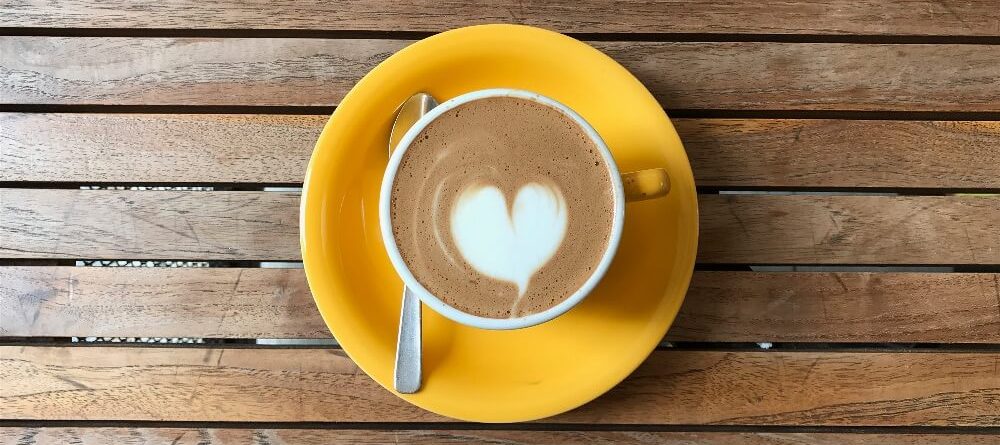
Legends aside,
our coffee odyssey begins with Árni Magnússon, an eminent Icelandic scholar
born in 1663. Magnússon spent a significant part of his life in Copenhagen and
devoted himself to collecting and preserving ancient Icelandic manuscripts.
However, his legacy goes beyond scholarly pursuits, as he is identified as the
first Icelander to venture into the world of coffee.
Imagine how
curious Árni must have been when he discovered this aromatic elixir in the
bustling coffee houses of Copenhagen. He recognised the attraction and not only
indulged in this new-found passion, but also took the initiative to share it
with his home country. Like a coffee courier, Árni sent beans to his friends
and relatives in Iceland, where this mysterious drink was virtually unknown.
The oldest recorded testament to coffee’s presence in Iceland is a
letter, a missive from Lárus Gottrup to Árni Magnússon, dated November 16,
1703. Gottrup, a lawyer, wrote to Árni, expressing a certain disappointment. In
the context of a conversation during Althing that summer, Árni had bemoaned the
unavailability of coffee from Copenhagen.
Despite Gottrup not being an avid coffee drinker himself, he recognized
the significance of Árni’s coffee cravings. In an attempt to remedy the
situation, Gottrup dispatched a quarter-pound of coffee beans to Árni.
This seemingly modest but historically significant gesture underpins the
idea that coffee had not only arrived in Iceland, but had also found a place in
the hearts of its inhabitants.
By 1721, Árni had taken his commitment to coffee to a new level, owning
a silver coffee pot weighing almost a kilo — an extravagant testament to his
new status as one of Iceland’s first coffee enthusiasts, merging the worlds of
coffee and tea addiction.
To truly
experience the dark side of Icelandic coffee, you have to get to grips with the
term “kaffitár”, a ‘coffee tear’ (for the most poetic among us), or
simply a ‘small coffee-based drink’. This term refers not only to the strength
of the coffee, but also to the method of preparation. While espresso-based
drinks are very popular, the traditional filtered coffee holds a special place
in the hearts of Icelanders. High-quality Arabica beans are often used for the
brew, which are ground to perfection for optimum flavour extraction. The
result? A cup of coffee as bold as the landscapes that surround this island
nation.
The
“Pressukaffi” method uses a coffee filter holder, the so-called
“Kaffifílter”, which is usually placed over a coffee pot. This method
may seem old-fashioned in the age of high-tech espresso machines, but the slow
and deliberate process is an essential part of the Icelandic coffee experience.
Picture this: a
cosy kitchen in a traditional Icelandic home, sunlight streaming through the
curtains and the aroma of freshly ground coffee beans in the air. The household
is buzzing with excitement as the ritual of making coffee begins. The coffee
grounds are precisely measured, placed in the filter holder and hot water is
slowly poured over them. The result is a rich, aromatic brew that reflects the
essence of Icelandic hospitality.
Coffee Houses: Hubs of Hygge
The heart of Icelandic coffee culture beats in the cosy rooms of charming coffee houses. Forget the bustling cafés of other European cities; Iceland’s coffee houses are the embodiment of “hygge”, the Danish concept of comfort and conviviality: a quaint wooden house in the snowy streets of Reykjavik, exuding warmth and the irresistible aroma of freshly ground coffee beans. It’s the perfect escape from the freezing cold outside.
One such iconic establishment is the “Mokka-Kaffi”, the oldest coffee house in Iceland, founded in 1958. Entering it feels like stepping back into a time capsule, where jazz music wafted through the air and conversation was as rich as the coffee served. The eclectic décor, with vintage furniture and walls adorned with local art, adds to the charm of the place.
But it’s not just about the ambiance, it’s also about the community spirit that makes these coffee houses so special. In Iceland, coffee isn’t just a drink, but also a catalyst for socialising, storytelling, and fostering a sense of community.
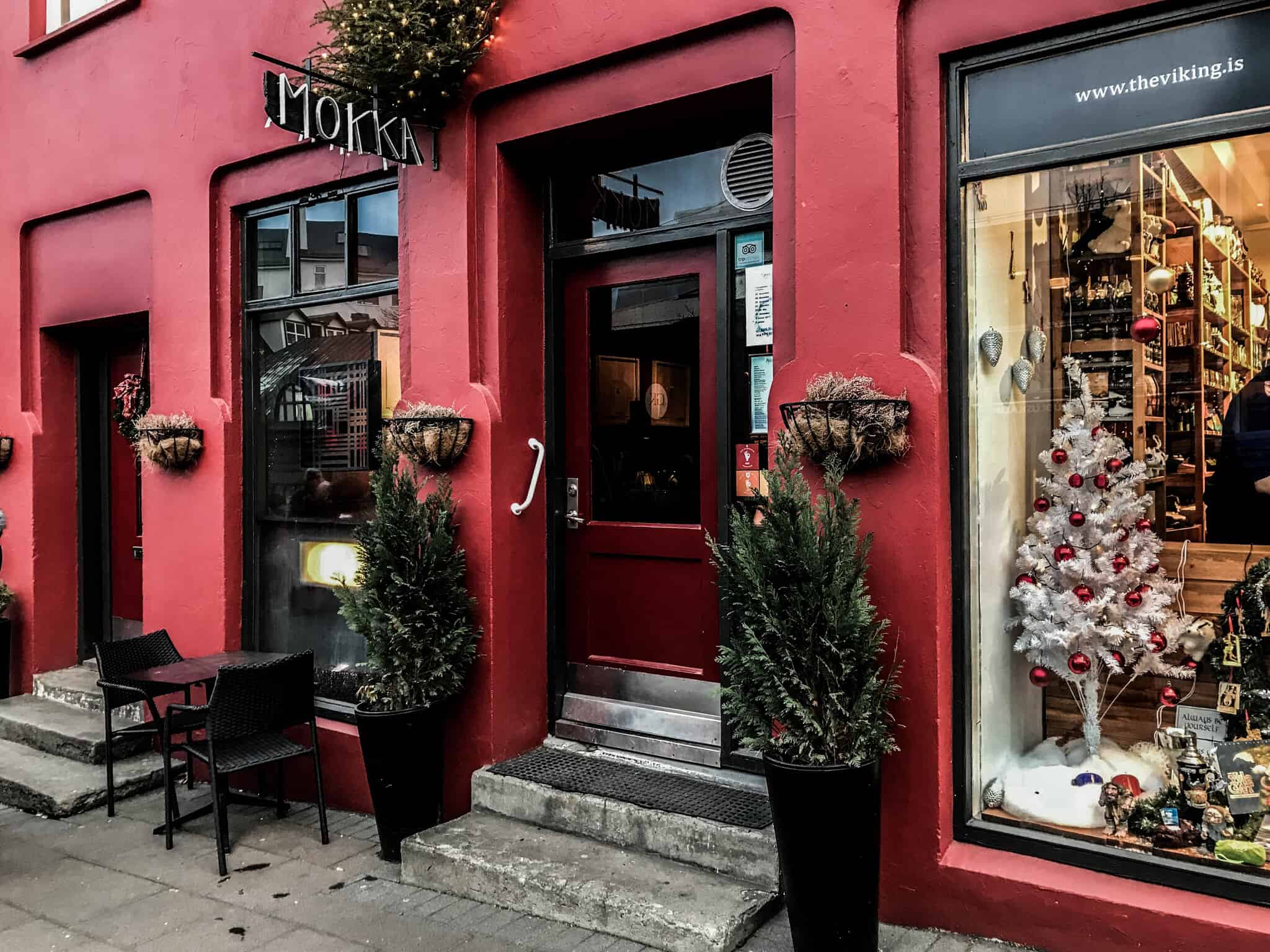
“Moka Kaffi Exterior”
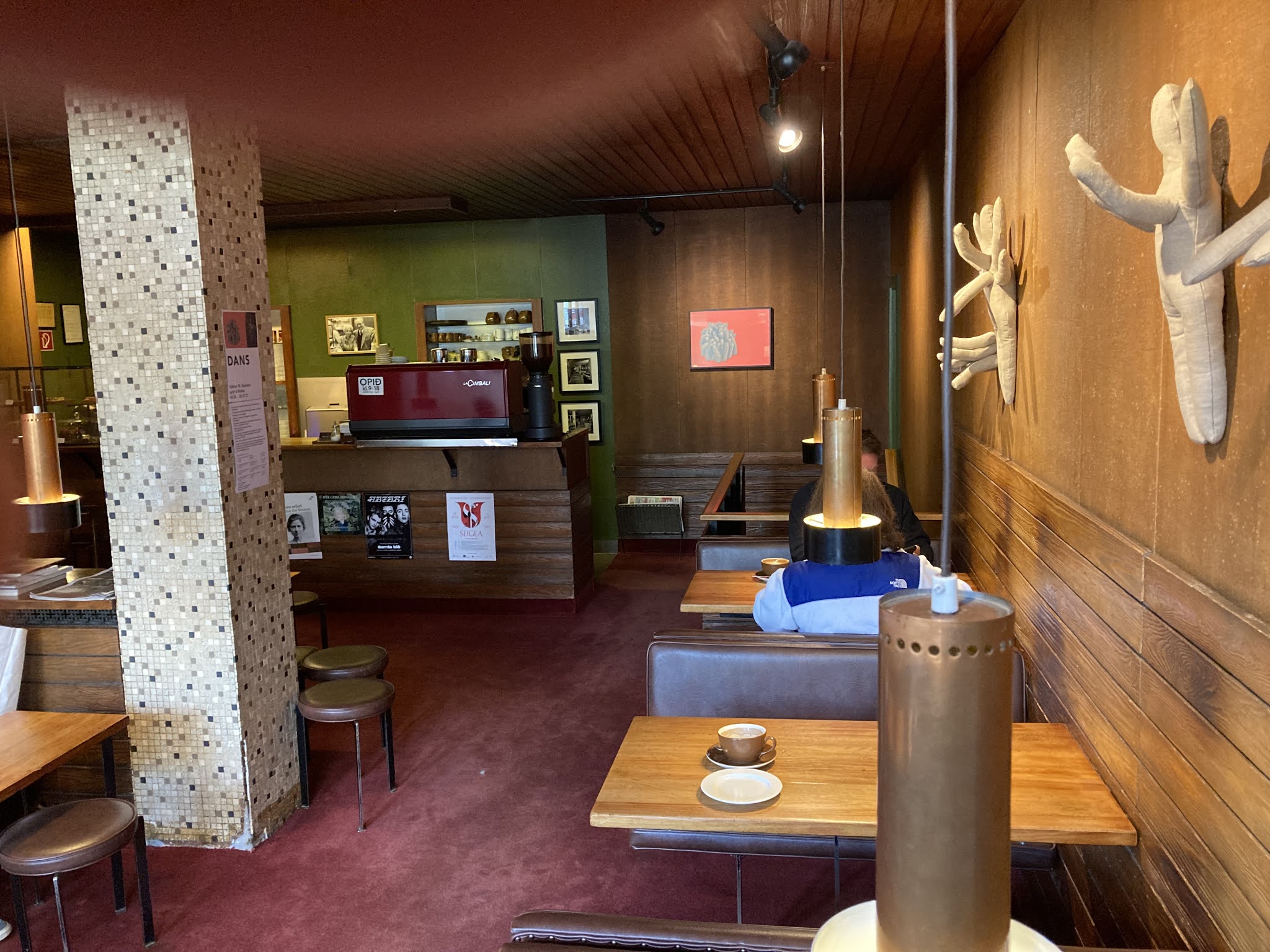
“Moka Kaffi Interior”
The Art of Pastry Pairing:
Now that we’ve learnt about the Icelandic penchant for coffee, let’s take a look at its perfect companion — pastries. In Iceland, the coffee break is a sacred ritual, and it’s not complete without a delicious treat to accompany your cup of liquid gold. This is where the “snúður’ comes in,” a cinnamon roll that deserves a place in the pastry hall of fame.
The snúður is no ordinary cinnamon roll, but a soft, doughy delicacy generously coated with a sugar glaze. Pair it with a steaming cup of Icelandic coffee and you’ll understand why this combination is made for pastry heaven. The locals take their pastry combinations very seriously, and you’ll find a mouth-watering array of options, from cardamom-flavoured buns to almond-studded pastries, all vying for the coveted title of ultimate coffee companion.
Coffee on the Go: The Drive-Through Revolution
In a country known for its other-worldly landscapes, it’s only fitting that coffee culture adapts to the nomadic spirit of locals and visitors alike. This is where the drive-through coffee revolution comes in, a concept that seems more at home in the bustling streets of Los Angeles than the tranquil expanses of Iceland. But Icelanders have embraced this convenience with open arms, proving that even in the remotest corners of the world, the need for a quick caffeine fix knows no bounds.
These drive-through coffee spots, often located in unconventional places such as petrol stations or remote intersections, serve as oases for weary travellers looking for a moment of peace. Imagine driving along the Ring Road, the legendary motorway that circles the island, and suddenly a charming little coffee hut appears on the horizon. It’s like finding a hidden treasure in a land of ice and fire. Roll down your window, order a cup of Iceland’s black gold and continue your journey with renewed energy.
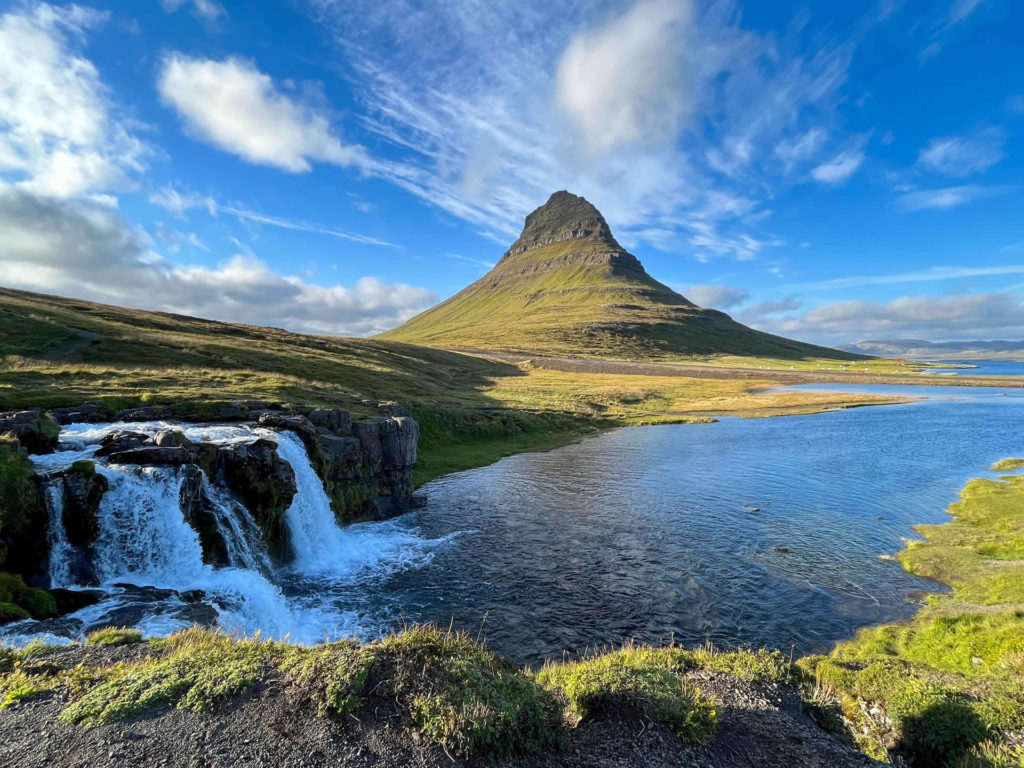
Brewing Up Memories
In the grand tapestry of Icelandic culture, coffee is not just a drink, but a thread that connects stories, traditions, and a shared love for the simple pleasures of life. Whether you’re sipping a strong cup of Kaffitár in a cosy coffee house in Reykjavik or on a drive-through surrounded by Iceland’s unique landscapes, the coffee experience is a journey in itself. So the next time you embark on an Icelandic adventure, don’t just focus on the glaciers and geysers, but immerse yourself in the rich and flavourful tradition of Icelandic coffee. It’s a journey that promises not only a caffeine boost but a delightful exploration of a culture that knows how to bring back memories with every sip, especially when it comes to the art of making traditional filter coffee.Jessica Giuffrida
I’m Jessica Giuffrida, an avid reader and knowledge enthusiast who is always seeking new insights and perspectives. Welcome to my blog!



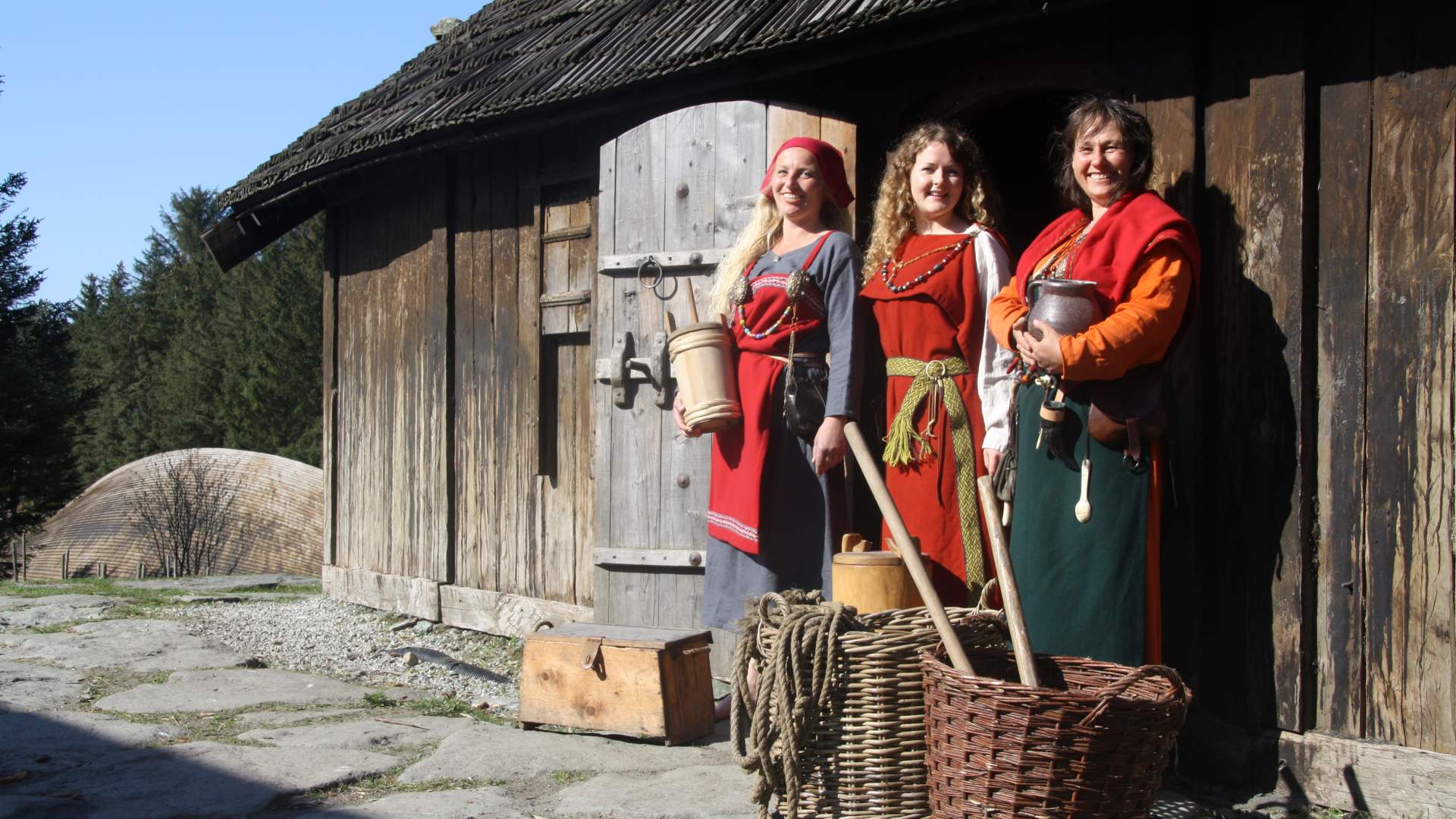
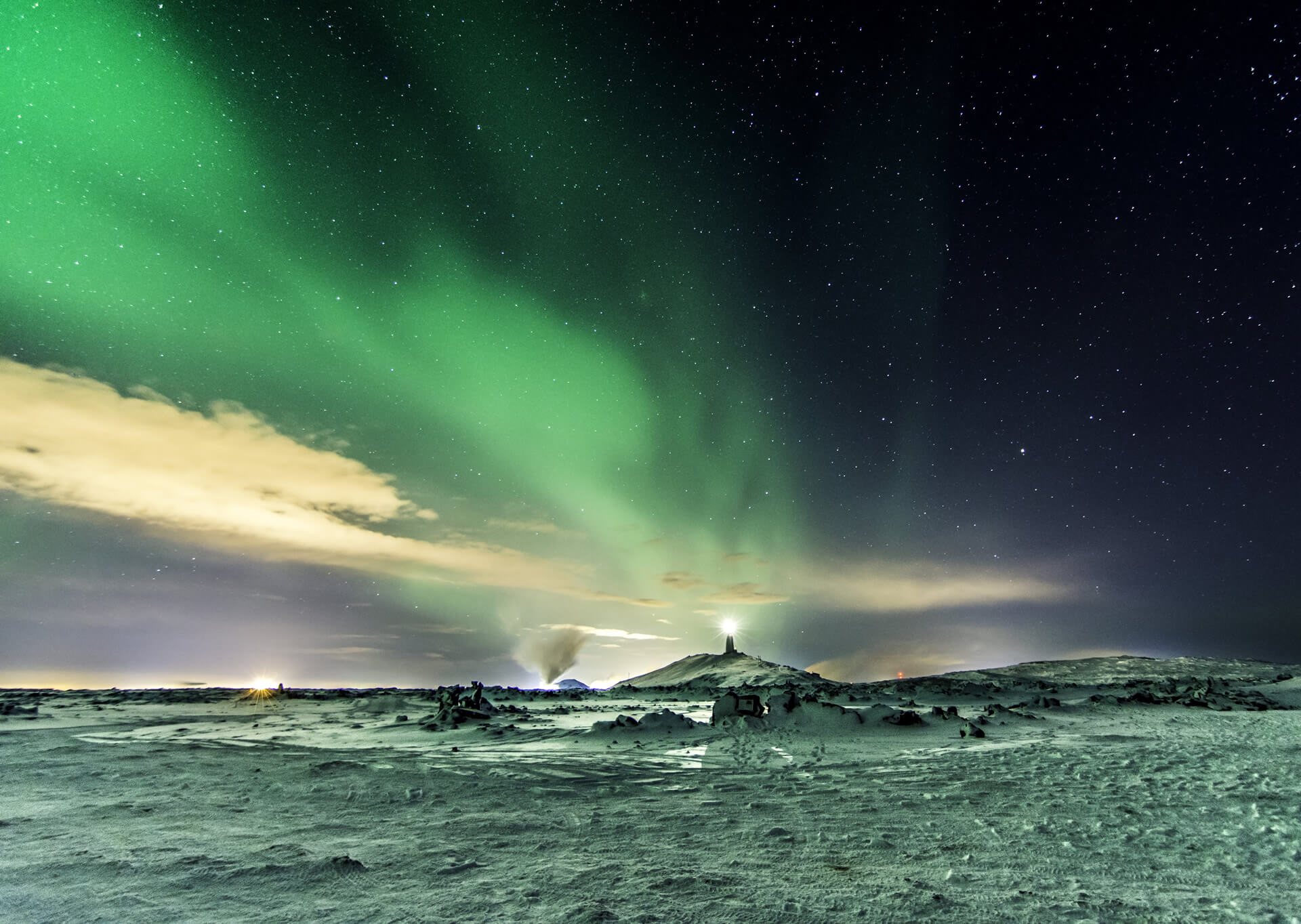
Myra Hunt
Te natum nihil propriae pro. Et mei modus sanctus mnesarchum. Affert nominavi atomorum mea ut, has agam iisque impedit ut, omittam.
Loretta Shelton
Lorem ipsum dolor sit amet, usu ut perfecto postulant deterruisset, libris causae volutpat at est, ius id modus laoreet urbanitas. Mel ei delenit dolores.
Jimmy Roy
Ad causae vocibus nam, sit doming senserit pericula ut. Eum sanctus labores te.